
Eco friendly living concept. 3d rendering of green house icon on fresh spring meadow with blue sky in background.
Did you know that buyers will pay more for green homes?
That’s one of many reasons why sustainability should be a major focal point for contractors and builders. An emphasis on sustainability can increase property values and will help keep you competitive in the market.
If you’re a contractor looking to learn more about green building certifications, you’re in the right place! Keep reading to learn about the top 6 green building certifications that you should have.
1. Leadership in Energy and Development Design (LEED)
LEED is an internationally recognized green building certification. It’s issued by the US Green Building Council. It’s easily the most recognizable green building certification that exists today. LEED is one of the largest certification systems and is the most commonly used around the world.
It emphasizes both environmental and social aspects of sustainability. Some of those aspects include:
- Better efficiency for water and energy
- Reduction of CO2 emissions
- Promoting a healthy and comfortable indoor climate
- Green building materials
There are nine separate LEED certification programs. These programs range across different types of buildings.
There is a rating system based on points for each program. Using different green building features gets you points. Your total number of points determines what level of LEED certification you receive. There are four levels of certification that range from LEED-certified all the way to LEED platinum.
To apply, you can find the required forms on the USGBC website. You’ll need to fill out the forms and pay an application fee. You’ll also have to prepare supporting documents to show how you’ve achieved the credits you’re seeking. Once you finish the paperwork, you’ll wait for your application to be reviewed.
2. Energy Star
The Department of Energy and Environmental Protection Agency developed Energy Star. It’s another widely known and sustainable building certification that is free, simple, and easy to understand. It’s a single attribute government certification.
A building must have more than 15% energy efficiency over traditional properties to qualify for certification. The certification lasts for twelve months.
The application process is relatively straightforward. As a prerequisite, you need proof of an Energy Star score over 75. If you have that, you can register for an account and submit an application. Then you need to get an approved engineer or architect to conduct a site visit and confirm your project. Information from your site visit needs to be entered into your online account. Once that’s complete, you wait for the final decision to be made.
3. Building Research Establishment Environmental Assessment Method (BREEAM)
BREEAM was the first certification system in the world created to certify sustainable buildings. It originated in 1990 and remains popular today around the world. It focuses on things like energy, health and wellness, innovation, and waste.
A BREEAM certification includes a star rating from one to six along with a qualitative rating. These ratings are pass, good, very good, excellent, and outstanding.
BREEAM certifications apply to new construction, in-use, or refurbishment projects. To get certified, you need to find an assessor in your area that’s licensed and record the project. Once you get the project assessed, you’ll wait for your certification.
4. Green Globes
The Green Building Initiative offers the Green Globes certification. It’s a classification system for a wide variety of construction projects and existing buildings. A project must receive at least a 35% based on a 1,000 point system to receive certification.
The program was designed to let building owners and managers choose which sustainability features best fit them. The program uses a user-friendly online self-assessment tool. It’s easy enough to use that most owners and managers can assess their own building by completing the online questionnaire.
5. National Green Building Standard (NGBS)
The NGBS is administered by the National Association of Home Builders. It only applies to residential properties. It covers new construction and renovations of various types of homes.
NGBS is similar to LEED in that it has four different certification levels. They are bronze, silver, gold, and emerald. The certification takes into account things like lot design and indoor environmental quality.
This is a relatively new certification, but it’s beginning to gain traction with builders. Building professionals can also get certified as Certified Green Professionals. To do so, they must incorporate green building design into homes without driving up construction costs.
6. GreenGuard
GreenGuard focuses on air quality and low-emission building materials. The certification is mostly for new buildings, but some major renovations like flipping a house can also qualify. It’s a relatively new certification expected to take off as information about indoor pollutants continues to spread.
There are four types of certification available. To get certified, buildings and products have to meet strict requirements. The certification programs include:
- Indoor Quality Certified
- Children & Schools Certified
- Premier Certified
- Building Construction Certified
The application process includes several different steps. On average, it takes five to six months to finish the application process.
Ready to Get a Green Building Certification?
Now that you know about the top 6 green building certifications, are you ready to get down to business and apply for them? Green building certifications are a great way to show your commitment to sustainability and increase your property values.
If you’re looking to start a new construction project and need a loan, we’re here to help! Contact the experts at Shepherd’s Finance, LLC today for all your residential construction loan needs!

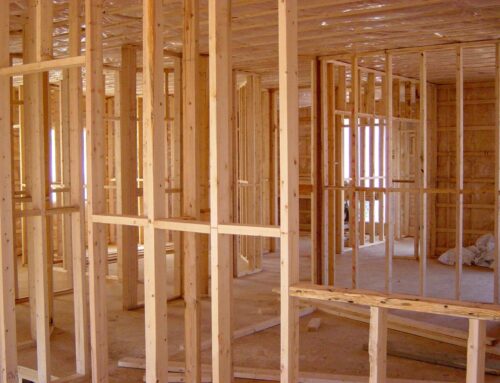
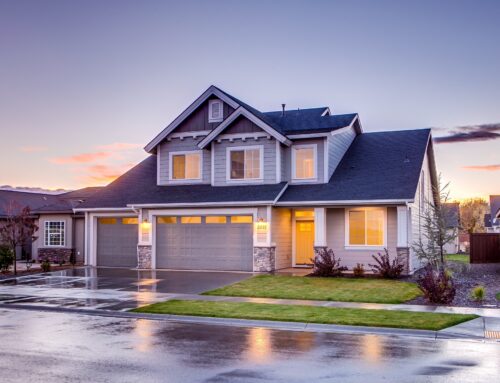
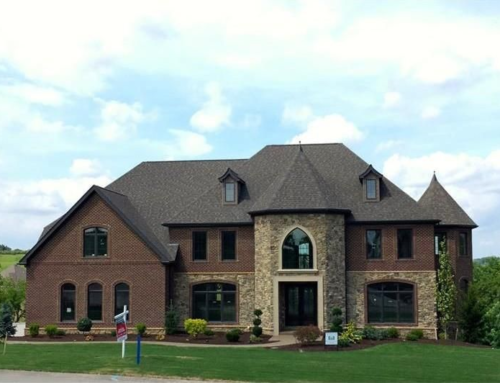
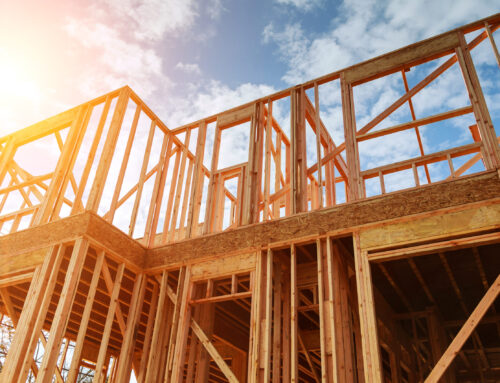
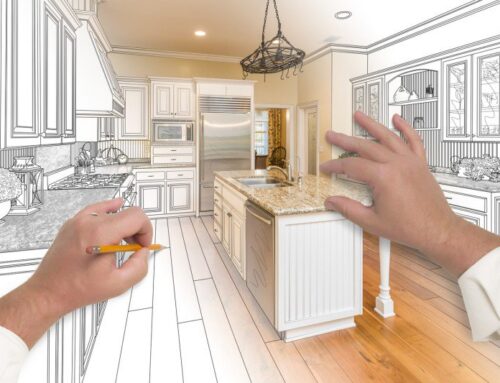
Stay In Touch